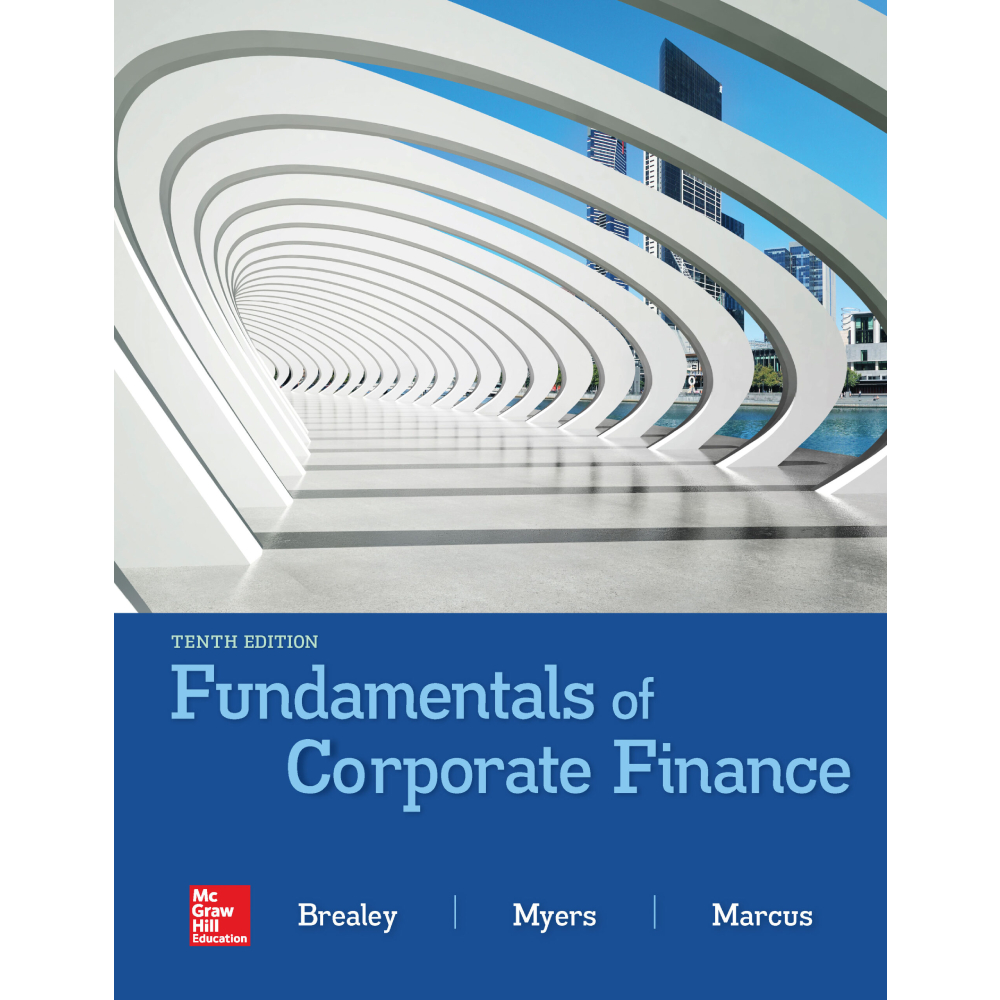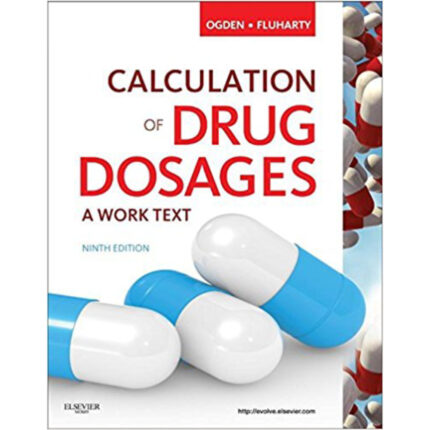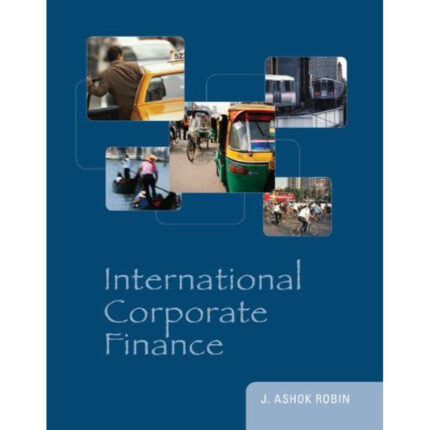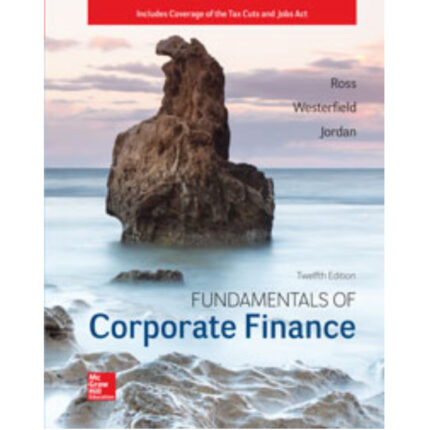Fundamentals Of Corporate Finance 10th Edition By Dick Brealey – Test Bank
Chapter 11 Introduction to Risk, Return, and the Opportunity Cost of Capital
1) A market index is used to measure performance of a broad-based portfolio of stocks.
Answer: TRUE
Difficulty: 1 Easy
Topic: Stock market prices and reporting
Learning Objective: 11-01 Estimate the opportunity cost of capital for an “average-risk” project.
Bloom’s: Remember
AACSB: Communication
Accessibility: Keyboard Navigation
2) Stock market indexes are found in many countries outside the United States.
Answer: TRUE
Difficulty: 1 Easy
Topic: Stock market prices and reporting
Learning Objective: 11-01 Estimate the opportunity cost of capital for an “average-risk” project.
Bloom’s: Remember
AACSB: Communication
Accessibility: Keyboard Navigation
3) Long-term bonds are the only portfolio of securities found to be riskier than common stocks.
Answer: FALSE
Difficulty: 2 Medium
Topic: Historical performance
Learning Objective: 11-01 Estimate the opportunity cost of capital for an “average-risk” project.
Bloom’s: Remember
AACSB: Reflective Thinking
Accessibility: Keyboard Navigation
4) For investment horizons greater than 20 years, long-term bonds traditionally have outperformed common stocks.
Answer: FALSE
Difficulty: 2 Medium
Topic: Historical performance
Learning Objective: 11-01 Estimate the opportunity cost of capital for an “average-risk” project.
Bloom’s: Remember
AACSB: Reflective Thinking
Accessibility: Keyboard Navigation
5) The S&P 500 accounts for most of the total market value of stocks traded in the United States.
Answer: TRUE
Difficulty: 2 Medium
Topic: Stock market prices and reporting
Learning Objective: 11-01 Estimate the opportunity cost of capital for an “average-risk” project.
Bloom’s: Remember
AACSB: Reflective Thinking
Accessibility: Keyboard Navigation
6) The expected return on an investment includes compensation for both the time value of money and the risks assumed.
Answer: TRUE
Difficulty: 2 Medium
Topic: Expected (required) return
Learning Objective: 11-02 Calculate returns and standard deviation of returns for individual common stocks or for a stock portfolio.
Bloom’s: Understand
AACSB: Reflective Thinking
Accessibility: Keyboard Navigation
7) If one portfolio’s variance exceeds that of another portfolio, its standard deviation will also be greater than that of the other portfolio.
Answer: TRUE
Difficulty: 2 Medium
Topic: Standard deviation and variance
Learning Objective: 11-02 Calculate returns and standard deviation of returns for individual common stocks or for a stock portfolio.
Bloom’s: Apply
AACSB: Reflective Thinking
Accessibility: Keyboard Navigation
8) The market risk premium is the difference between the return on common stocks and the risk-free interest rate.
Answer: TRUE
Difficulty: 1 Easy
Topic: Risk Premium
Learning Objective: 11-02 Calculate returns and standard deviation of returns for individual common stocks or for a stock portfolio.
Bloom’s: Remember
AACSB: Communication
Accessibility: Keyboard Navigation
9) Market risk can be eliminated in a stock portfolio through diversification.
Answer: FALSE
Difficulty: 2 Medium
Topic: Systematic and unsystematic risk
Learning Objective: 11-03 Understand why diversification reduces risk.
Bloom’s: Understand
AACSB: Reflective Thinking
Accessibility: Keyboard Navigation
10) Macro risks are faced by all common stock investors.
Answer: TRUE
Difficulty: 1 Easy
Topic: Systematic and unsystematic risk
Learning Objective: 11-04 Distinguish between specific risk, which can be diversified away, and market risk, which cannot.
Bloom’s: Remember
AACSB: Communication
Accessibility: Keyboard Navigation













Reviews
There are no reviews yet.